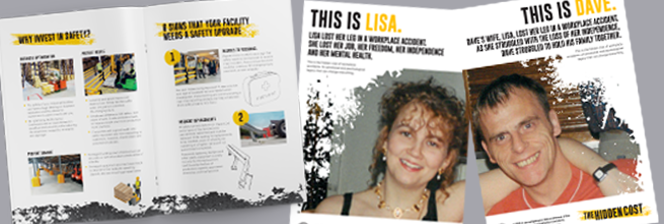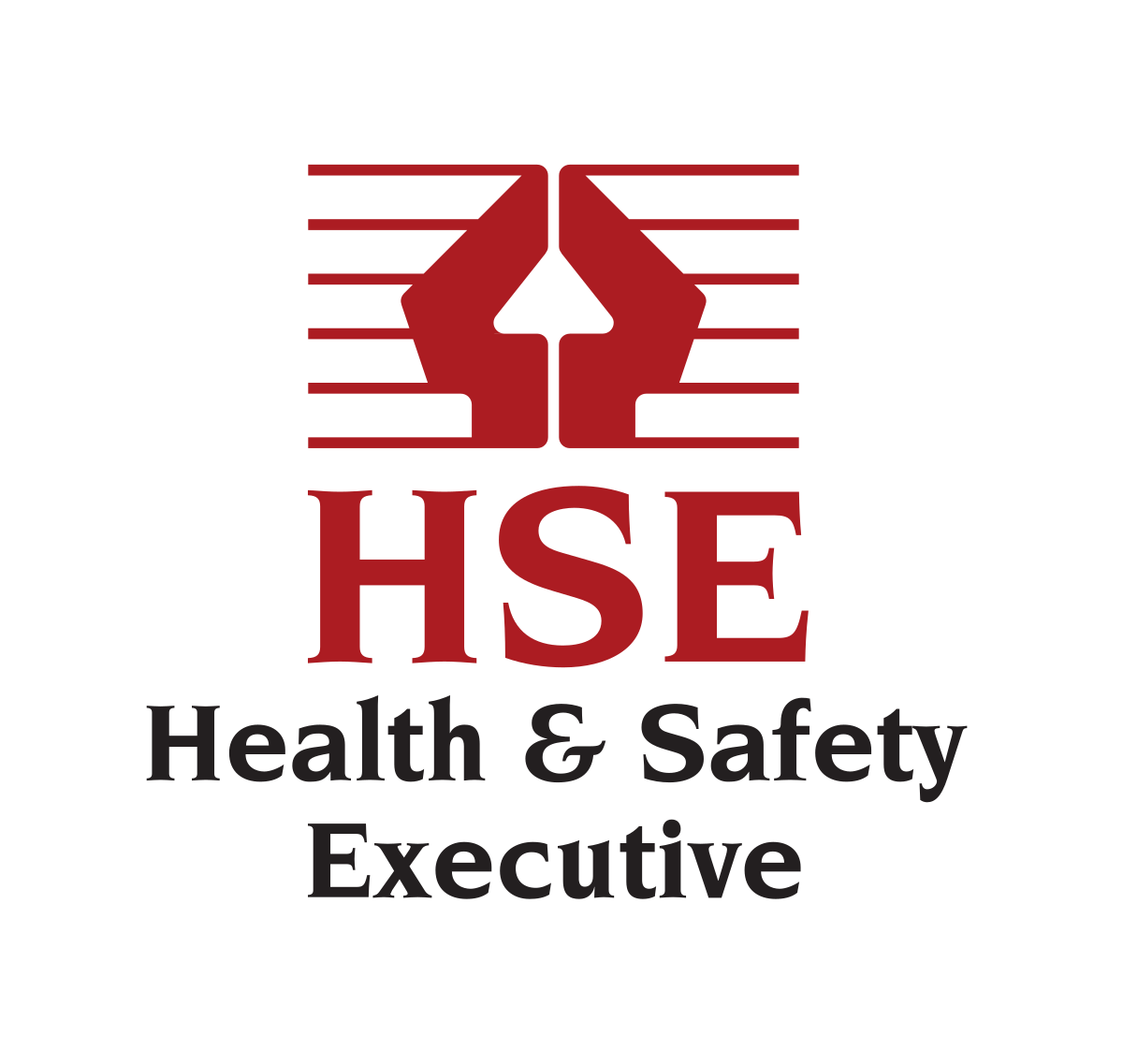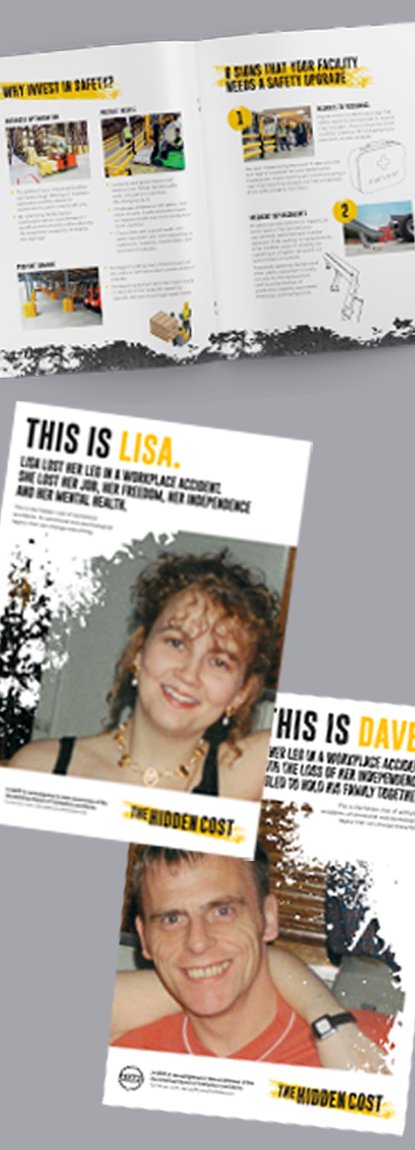The company pleaded guilty to breaching:
- Section 2 (1) of the Health and Safety at Work Act 1974
In industrial workplaces, employee safety failings can incur massive fines and damage to reputation. As well as the personal suffering to the injured employee, the impact on companies can damage profits, hinder recruitment, and even lead to liquidation. Workplace safety incidents can also result in compensation claims and other legal issues that burden company resources and further damage reputation.
Health and safety violations are taken seriously, and company directors and senior managers can be prosecuted under health and safety law. The official UK government health and safety agency, Health & Safety England (HSE), now successfully prosecutes three in four directors. Those in charge are responsible for their workforce and are held accountable when violations occur. Even if directors are unaware of their obligations, there is now a legal precedent that declares them liable.
Knowing what to look out for can help keep employees safe and avoid accidents. In the UK, there are detailed pieces of legislation covering employee safety to help you do this. However, failure to adhere to this legislation can have massive repercussions, not only for injured employees but also in legal costs and damage to business reputation.
The pieces of legislation that businesses are found to be in breach of most often are: the Health and Safety at Work Act 1974, and the Workplace (Health, Safety and Wellbeing) Regulations 1992.
Here is a brief overview of what they cover:
This legislation covers health and safety within the workplace. It details the duties employers have towards their staff and the general public, as well as the responsibilities employees have towards themselves and their colleagues.
Employers are required to, “as far as is reasonably practicable”, maintain the health, safety and welfare at work of all employees. General duties require the provision of:
These regulations specify that employers must provide a safe workplace for the workforce.
This includes the comfort and cleanliness of staff areas (such as break rooms), as well as the safety of the working environment.
Some of the main duties include:
Here we take a look at five recent cases investigated by the HSE. These could easily have been avoided with proper pedestrian and vehicle segregation.
In the early morning of 2 November 2017, an employee was walking across the depot when he was struck by a reversing forklift truck. The worker was trapped on the ground by the vehicle and had to be freed by colleagues using a pallet truck. He suffered serious fractures to his arm and soft tissue injuries to his legs and was off work for several months.
An investigation by the Health and Safety Executive (HSE) found there was inadequate segregation of forklift trucks and pedestrians within the workplace. A risk assessment had been carried out but had not identified the importance of achieving robust segregation in an area where frequent forklift truck movements took place.
After the hearing, HSE inspector Wendy Campbell said, “Those in control of work have a responsibility to provide safe methods of working and a safe working environment. Collisions between vehicles and pedestrians can be avoided if the workplace layout is properly planned, effectively segregated and suitable systems of work are introduced. If physical barriers and a suitable system of work had been in place the injuries sustained by this employee could have been prevented.”
The company pleaded guilty to breaching:
Fine: £533,000
Legal costs: £10033.39
Total cost: £543,033.39
In June 2013 containers which held loose pipes were being transported by a forklift truck between the Quay and a nearby crane. On 13th May 2013, Christopher Smith, was directing a load of steel pipes on the site. Whilst making his way back to the vessel where the pipes had been stowed, he was struck on the low back by the end of a load of pipes that were being moved by a forklift truck. As a result of the impact, Mr Smith was thrown to the ground, suffering fractures of the lumbar spine and his left shoulder.
An investigation carried out by the Health and Safety Executive (HSE) found that the company had failed to ensure there was sufficient segregation between pedestrians and vehicles working in the same area. It was also found there was no safe system of work in place at the Quay as pedestrians were not excluded from the area, nor were there designated pedestrian routes. If was noted that the accident could have been easily avoided had practicable precautions been taken.
Gary Aiken from HSE commented “The risk of collision between a forklift truck and a pedestrian was foreseeable and entirely avoidable. Since this incident, the company has put into practice safe systems of work and revised instructions for employees involved in loading operations. Hopefully this prosecution and conviction will remind other employers that they will be held to account for their failure to fulfil their health and safety obligations.”
The company pleaded guilty to breaching multiple sections of:
Fine: £12,000
Total cost: £12,000
A distribution clerk at a factory in Wales had gone on to the factory floor to give an instruction to the driver of a reach truck. When the conversation ended the truck driver reversed and accidently struck the clerk, knocking him to the ground. He suffered serious head injuries and died in hospital three days later.
HSE inspector Stephen Jones told SHP the incident could have been avoided if the firm had procedures in place to separate pedestrians from traffic inside the factory. He explained that the clerk would not have needed to approach the driver if vehicles had been fitted with two-way radios, or if a safe zone had been created where the driver could have met him to receive instructions.
He said: “It’s fairly routine for forklift trucks to operate within the same area as pedestrians in this industry. However, working procedures and systems need to be in place to prevent vehicles colliding with people.
“This tragic incident could have been avoided had all contractors and employees been aware of the risks, and had the safety procedures been taken to avoid such risks.”
Inspector Jones also revealed that the company had reported a similar incident in 2006, when a forklift truck ran over a worker’s ankle. Following that incident, the HSE wrote to the company, urging it to review its safe system of work for moving vehicles at the site.
The company pleaded guilty to breaching:
Fine: £400,000
Legal costs: £44,790
Total cost: £444,790
The company went into liquidation shortly after the incident.
On 13 April 2015 an employee of a corrugated cardboard manufacturer was struck by a reversing clamp truck which resulted in him fracturing his pelvis. An investigation by the HSE found the company had failed to consider the risk created by vehicles and pedestrians operating in the same area. The investigation also found the company failed to implement a traffic management plan to ensure workers and vehicles were adequately segregated. There was also a failure to install physical barriers to clearly segregate pedestrians and vehicles.
Speaking after the hearing HSE inspector HSE Bradley Wigglesworth said: “This incident could so easily have been avoided by simply carrying out correct control measures and safe working practices. Companies should be aware that HSE will not hesitate to take appropriate enforcement action against those that fall below the required standards.”
The company pleaded guilty to breaching:
Fine: £80,000
Legal Costs: £4,337.84
Total cost: £84,337.84
On 17 February 2017, a forklift truck struck an employee while they walked along the internal roadway at the backyard end of the factory. The worker was struck from behind and trapped beneath a metal container that the forklift truck was carrying. He was dragged along the ground and received multiple serious and life-changing injuries, including the loss of a leg.
An investigation by the Health and Safety Executive (HSE) found that the company’s workplace transport risk assessment did not ensure that suitable and sufficient traffic management arrangements - including pedestrian and vehicle segregation - were in place.
The company pleaded guilty to breaching:
Fine: £600,000
Legal costs: £38,183
Total cost: £638,183

Get digital and printable assets to share with your organisation to help you improve your industrial safety culture.

The Health and Safety Executive is the official UK government agency responsible for the encouragement, regulation and enforcement of workplace health, safety and welfare, and for research into occupational risks in Great Britain.
Visit their website for a wealth of detailed information, guidance, and the annual Reporting of Injuries, Diseases and Dangerous Occurrences Regulations (RIDDOR) data to support the need for investing in safety.

The British Standards Institute is the national standards body of the United Kingdom. BSI produces technical standards on a wide range of products and services and also supplies certification and standards-related services to businesses.
Visit their website to find and download official documents for a range of industrial workplace safety standards and codes of practice. This helps you invest in the right safety products that are fit-for-purpose, and ensure your industrial workplace meets the highest of safety standards.

The Institution of Occupational Safety and Health (IOSH) is a global organisation for health and safety professionals, based in UK. Their website contains a wealth of training materials and information for health and safety professionals.
A-SAFE is the world’s leading provider of industrial safety solutions. They provide free safety surveys, risk analysis and safety recommendations for industrial workplaces globally, both in-person and remotely. Visit their website for more guidance and to arrange a full site assessment.

For more tips and detailed advice, download our free resource pack. This pack, put together by leading industrial safety experts contains: